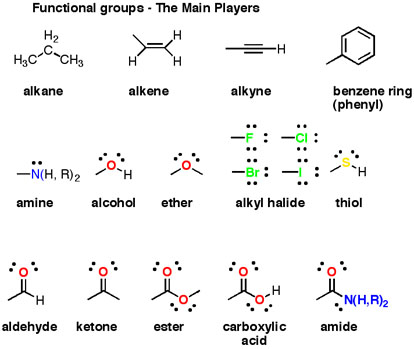Do ethers and esters form hydrogen bonds with water and with themselves?
1 Answer
The answer is quite simple, but I'll make a longer introduction to help you with why the answer is that simple.
Molecules that are capable of engaging in hydrogen bonding can be hydrogen bond acceptors (HBA), hydrogen bond donors (HBD), or both. If you understand the distinction between HBDs and HBAs, the answer to your question will become very clear.
As I am sure you know, a molecule is said to be capable of forming hydrogen bonds if it has a hydrogen atom bonded to one of the three most electronegative elements in the periodic table: N, O, or F. I'll use the
What such a bond implies is that a significant partial positive charge will develop on the hydrogen atom and a significant partial negative charge will appear on the more electronegative atom, creating a permanent dipole moment.
Now, in order for a hydrogen bond to form between two molecules, the partial positive hydrogen must interact with an electronegative atom that has lone pairs and a dipole moment.
Take water, for example. One partial positive hydrogen on a water molecule will be attracted to one lone pair present on the partial negative oxygen of another water molecule. As a result, water can act both as a HBA and as a HBD.
Now, if a molecule
If, on the other hand, a molecule

Now let's look at an ether. Notice that it has an electronegative atom with lone pairs and a permanent dipole, but it lacks a
An ester is in exactly the same position. It cannot hydrogen bond with itself because it lacks a


